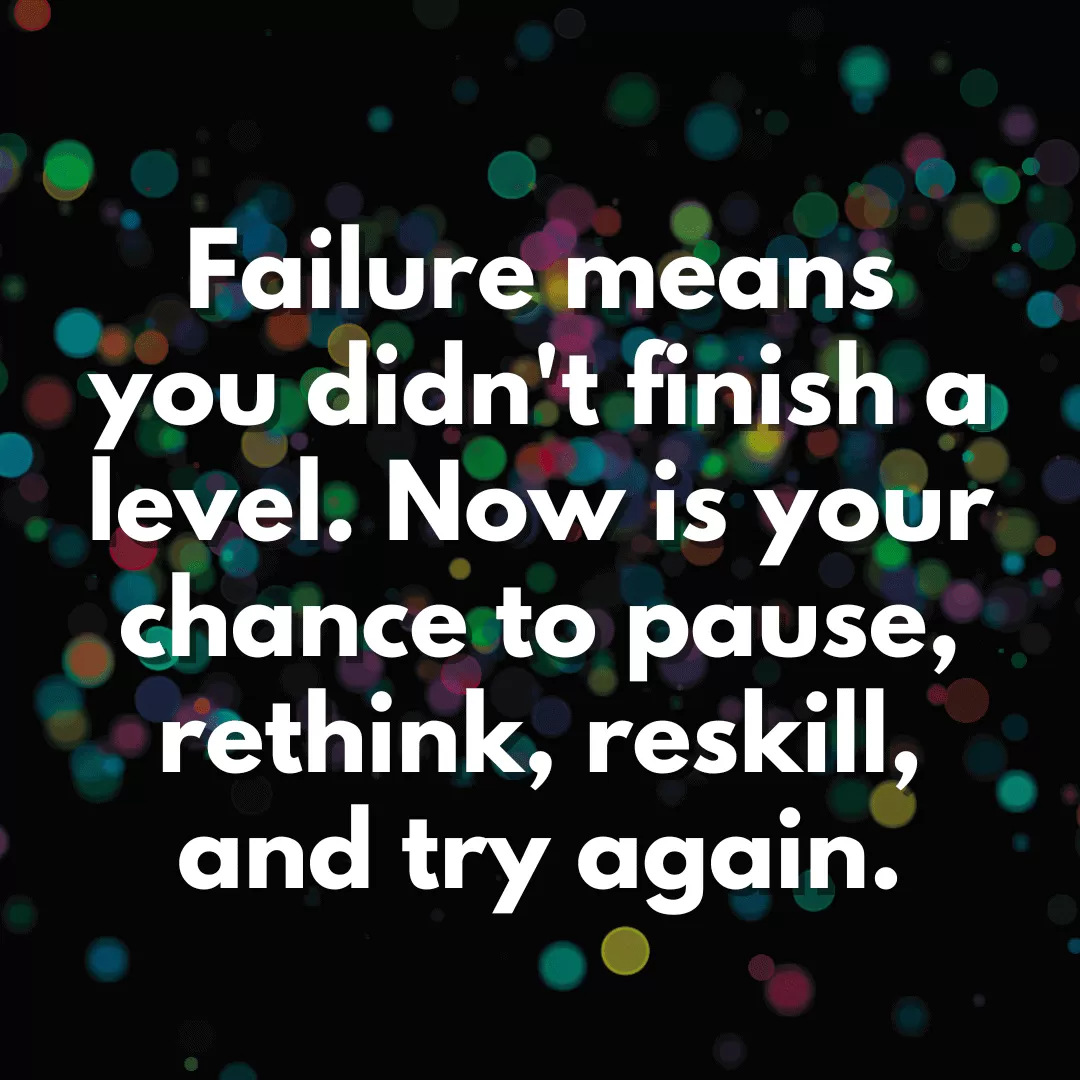📅 1 Sep 2024 • 📖 10 min read
— By Dr. Sandip Roy.Sometimes life drags us through a rough patch for a while. We are mostly okay with these.
But when a few years in a row go wrong, the light at the end of the tunnel dims out. We start to expect failures, think our efforts won’t work, and feel like people are taking us as a has-been.
You wonder if there is a way to get rid of this persistent negativity.
Here’s help. Science can help make your tomorrows better and happier, even if you had many rough yesterdays. It is about having grit, building resilience, and knowing the right strategies.
Psychologists who study happiness science have been running research on what makes humans happy during difficult times. Find out what they found.
Discover 7 known ways to brighten your tomorrow, even if things aren’t going well today.
7 Ways To Build A Happier And Better Tomorrow
Here are six scientific and one philosophical strategies to help you create a brighter tomorrow:

Strategy #1. Set A Happiness Goal.
Set some happiness goals. And begin tonight.
Before you go to bed, set up an alarm for one happiness activity the next day.
You may choose:
- a 15-minute mindfulness meditation,
- a random act of kindness to a stranger,
- a pleasant surprise for your loved person.
As soon as you wake up in the morning, take a look at your happiness agenda to prepare for it mentally.
Three tips:
- Make sure your goals don’t clash. Don’t try to master piano and boxing at once — one needs soft hands, and the other needs hard fists.
- Meet someone you know who has a positive attitude, and who makes you feel alive and inspired.
- Start small. Your first happiness activity can be a simple one-minute meditation.
Strategy #2. Build A Positive Mindset.
A positive mindset does not mean feeling positive and happy all the time. It also does not mean you bury your head in the sand and think the bad events won’t find you.
A positive mindset person looks at their goals and takes action, even when they are afraid or uncertain. It’s like telling yourself:
These are my goals.
This is how far I’ve gotten.
These are my blocks to overcome.
And this is my plan to reach them.
These don’t deny or avoid negative emotions, instincts, or situations. They embrace them, and then they make way for creating a sunny next chapter.
A quick tip: Notice and label your negative feelings, but don’t hold on to them.
These are 5 of the 11 tips on how to have a Positive Mindset:
- Rise above the zero-sum attitude.
- Add positive words to your language.
- Focus on the process, not on the result.
- Start a daily habit of gratitude journaling.
- Stop complaining. Avoid the complainers.
Three practical tips:
- Start your day with some positive affirmations, and repeat them 3–5 times throughout the day.
- Try a sports activity when you are bogged down with overthinking or worries.
- Use your failures to build knowledge and strength.

Strategy #3. Think Like A Stoic.
Stoic philosophy can help you overcome pessimism and build a better tomorrow.
Stoicism originated around 301 BCE. Today, Stoicism is back. People worldwide seek to live by its principles.
Stoics believe that a happy and successful life begins when you:
- Don’t blame others; fully own your acts and choices.
- Care for others, but don’t let their opinions disturb your peace.
- Learn from mistakes and move forward without wallowing in guilt.
- Face hard times and good times without getting too involved in either.
- Control your response to outside events: accept what you cannot change.
- Observe your emotions from afar. Feel them, but do not be ruled by them.
- Stay committed to your principles of virtue and wisdom, no matter what may come.
Marcus Aurelius, the last of the Five Good Emperors, led Rome with virtue and wisdom. He was the most powerful Stoic to ever walk this earth.
Three practical tips:
- Whatever you do today, give it your 100%. Marcus Aurelius said, “… approach each task as if it is your last, giving up every distraction, emotional subversion of reason.”
- Check yourself throughout the day by asking, “Are my emotions getting the better of me?” When you’re a Stoic, you are “no longer pulled like a puppet by every impulse,” as Marcus Aurelius wrote.
- Detach from the expectation and attach yourself to the action. Do each task without bothering about the results. Once again, the words of Marcus Aurelius: “Perform each task at hand with precise analysis, unaffected dignity, human sympathy, and dispassionate justice.”
Detach from the expectation and attach yourself to the action.
Here’s a short article on How To Practice Stoicism As A Beginner.
Strategy #4. Practice Gratitude.
Gratitude brings more joy, strength, and kindness to your life.
It takes just about 2 months of practicing gratitude to notice more empathy and happiness in your life.
Start by thanking others for what they do for us. When we thank others, we brighten their days as well as our own.
Make it a habit to be thankful for what you have in your life.
Robert Emmons, the top gratitude researcher, says we should thank people more. Emmons writes:
“Processing a life experience through a grateful lens does not mean denying negativity. It is not a form of superficial happiology. Instead, it means realizing the power you have to transform an obstacle into an opportunity. It means reframing a loss into a potential gain, recasting negativity into positive channels for gratitude.”

Gratitude and happiness feed each other in a good loop.
Some ways to feel more gratitude are: count your blessings; thank someone in person or in your mind; write thank-you notes to your friends and colleagues; keep a gratitude journal, and fill it in every night.
Three practical tips:
- Have a Gratitude Jar (any jar will do). Whenever you feel grateful for something, write it on a small piece of paper and drop it in. Open the jar once in a few months to re-live your gratitude moments.
- Volunteer your time or services for a charitable cause. It lets you be grateful for what you received in life, and pay back to society.
- Practice the powerful Three Good Things happiness exercise.
Strategy #5. Savor The Moment.
Those who savor, live a richer and more enjoyable life (Bryant, 2003).
Savoring means taking a moment to notice, appreciate, and prolong the good moments. When you savor, you “stop to smell the roses.”
Four types of savoring:
- Luxuriating — feeling pleasure
- Marveling — feeling the power of awe
- Basking — feeling pride
- Thanksgiving — feeling gratitude
We often let a positive moment pass by, mostly because we are busy with many other things. But humans can’t truly multitask.
When we multitask, we are just switching between tasks – not doing many things at once. This tires our brains and stops us from truly enjoying any one thing.
Savoring is a learnable skill.
Savoring is anti-multitasking. The first rule of savoring is to uni-task. To boost your savoring skills, practice doing one thing at a time.
The best part: People who learn to savor more often get happier, often within a week.
Three practical tips:
- Sit back relaxed, and think of something that made you laugh out wild. Hold on to the moment for a few minutes.
- Take a small detour into a park and observe the butterflies or dragonflies flitting from flower to flower.
- Tell yourself, and the world, what made you feel great today. Let your joy show without a bother.
Read more: The Language and Social Psychology of Savoring.
Strategy #6. Say “No” More Often.
Four main reasons you can’t say “No” to people despite wanting to:
- Your upbringing goes against it
- Your social etiquette stops you from it
- You’re afraid they might think negatively of you
- You think they will not help you out when you’re in need
Your “Yes” to avoid hurting others ends up hurting you. Each “Yes” gives away your time, means, and energy. And with them go those things you could have done to make yourself happier.
You could have listened to an hour of peaceful piano, gone on a movie date with your kids, or worked on a passion project.
To save time for what you truly want, learn to say “No” more often.
Three practical tips:
- Just blurt it out. Tell them without batting an eyelid you won’t be able to do it.
- Postpone to a later time. Let them know you need time to think about it, and will inform them when you have reached a decision.
- Justify with a reason. Give them a non-negotiable reason while making it clear you can’t change your plans.
Strategy #7. Be More Forgiving.
First rule: Forgiveness is for the forgiver.
You forgive someone because you want your peace — not to condone or absolve them.
Forgiving clears out your mental space for thoughts and plans for a better tomorrow.
Holding a grudge is like gripping a hot coal to throw at someone else; you only burn your palms. When you forgive, you drop that hot coal and save your hand.

Forgiving protects you from stress and makes you happier, as studies show. It gives you better immunity and a healthier heart, and strengthens your bonds with close people.
Three practical tips:
- Forgive someone close, or had been close, and make it clear you do not hold them in hatred or anger anymore.
- Write a letter of forgiveness to someone who has wronged you, and destroy the letter in the end.
- Forgive yourself for a past mistake you have been persecuting yourself for a long while.
If you always had it challenging to forgive yourself, read this: 7 Steps To Forgive Yourself.
3 P’s That Dim Your Tomorrow
Psychology defines a pessimist as someone who tends to have a negative outlook on life (Negative Attribution Style) and expects unfavorable outcomes (Expectation of Adversity).
Martin Seligman, the Father of Positive Psychology, explains that pessimists have “3 P’s” in their outlook:
- permanence (that difficult times will last a long time),
- pervasiveness (will ruin every area of their lives), and
- personalization (blame themselves for negative events in their lives).
Here’s how you might use Seligman’s 3 P’s to make your challenge your pessimism:
- Permanence: When something negative happens, do you find yourself thinking it will last forever? Try to recognize that setbacks are typically short-lived and that you have, and can, bounce back.
- Pervasiveness: Do you tend to believe that one failure will affect every part of your life? Remind yourself that just because something goes wrong in one area doesn’t mean it defines your entire existence.
- Personalization: When things don’t go as planned, do you blame yourself entirely? Assure yourself that not everything is your fault; external factors play a role too.
Final Words
With these ideas, you’ll soon have better tomorrows and a happier self!
True happiness takes time and work. Start with one strategy. Note how you feel during and after.
If it helps, keep doing it. If not, try another. Add more as you go. For a full day of happiness, browse through these 20 happiness-boosting activities.
Three goodbye tips:
- Exercise — proven to make you happier
- Meditate — helps you focus on the present moment
- Plan your day — it keeps you on track and accountable
√ Also Read: 10 Ways To Embrace Seneca’s Happiness Wisdom Today
√ Please spread the word if you found this helpful.
• Our Story!
